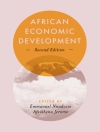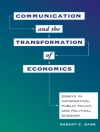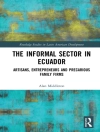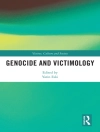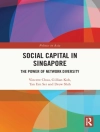Analytical ultracentrifugation has become an increasingly important technique for monitoring the size and shape of biological macromolecules. Analytical Ultracentrifugation: Techniques and Methods contains contributions from experts in the field, bringing together the multitude of developments that have taken place in instrumentation and analysis over the past decade into a single volume. This book covers the latest methods in analysis along with an extensive introduction for the novice user. Analysis methods in both sedimentation velocity and sedimentation equilibrium are discussed at length. Protein, protein/DNA, membrane proteins and polymer systems are also explored, along with software developments and non-ideality.
Tabela de Conteúdo
Contents and front matter; A Brief Introduction to the Analytical Ultracentrifugation of Proteins for Beginners; Diffusion-Deconvoluted Sedimentation Coefficient Distributions for the Analysis of Interacting and Non-Interacting Protein Mixtures; Models for Direct Boundary Fitting of Indefinite Ligand-Linked Self-Association; Allowance for Thermodynamic Nonideality in Sedimentation Equilibrium; Using Analytical Ultracentrifugation of DNA in Cs Cl Gradients to Explore Large-Scale Properties of Genomes; LAMMNUM: A Program to Study Self-Associating Macromolecules in Sedimentation Velocity Experiments; ‘Correcting for the Buoyancy of Macromolecules: Density Increments and Apparent Partial Specific Volumes with Particular Reference to the Study of Membrane Proteins;’ Application of Weighted Robust Regression to Equilibrium Ultracentrifugation; The Synthetic Boundary Technique of Analytical Ultracentrifugation: A Valuable Tool to Study Structure Formation Processes Online; Protein-DNA Interactions Studied at Sedimentation Equilibrium; Ultra Scan – A Comprehensive Data Analysis Software Package for Analytical Ultracentrifugation Experiments; Analysis of Polysaccharide Size, Shape and Interactions; Analytical Ultracentrifugation as a Key Complementary Technique in Structural Biology; Introduction to Differential Sedimentation; Relating Small Angle Scattering and Analytical Ultracentrifugation in Multidomain Proteins; Modelling of Biopolymers; Fitting of Thermodynamic Data from Equilibrium Ultracentrifugation by Robust Least-Squares with Reduced Parameter Cross-Correlation Coefficients; Calculation of Volume, Surface, and Hydration Properties of Biopolymers; Analysis of Membrane Proteins Using Analytical Ultracentrifugation; Solution Properties of Flexible Macromolecules: Theoretical and Computational Approaches; The ELLIPS Suite of Whole-Body Protein Conformation Algorithms for Microsoft WINDOWS; Weak Interactions: Optimal Algorithms for Their Study in the AUC; Analytical Ultracentrifugation of Colloids; Index


